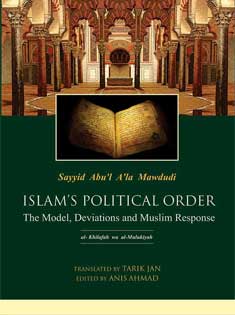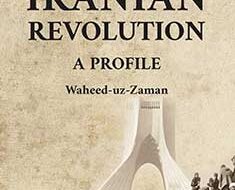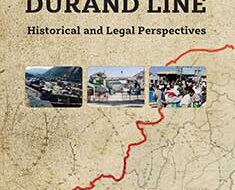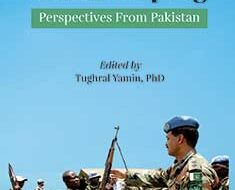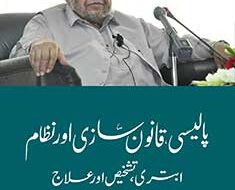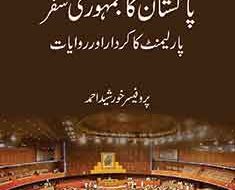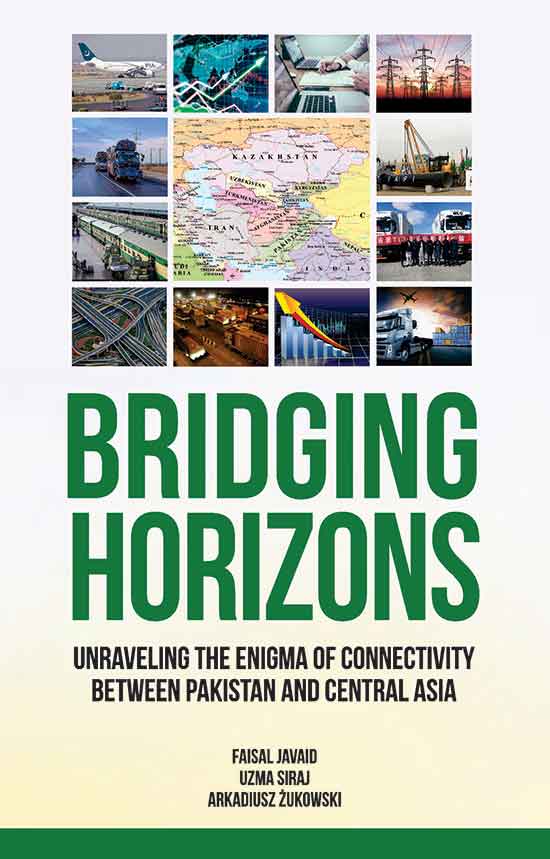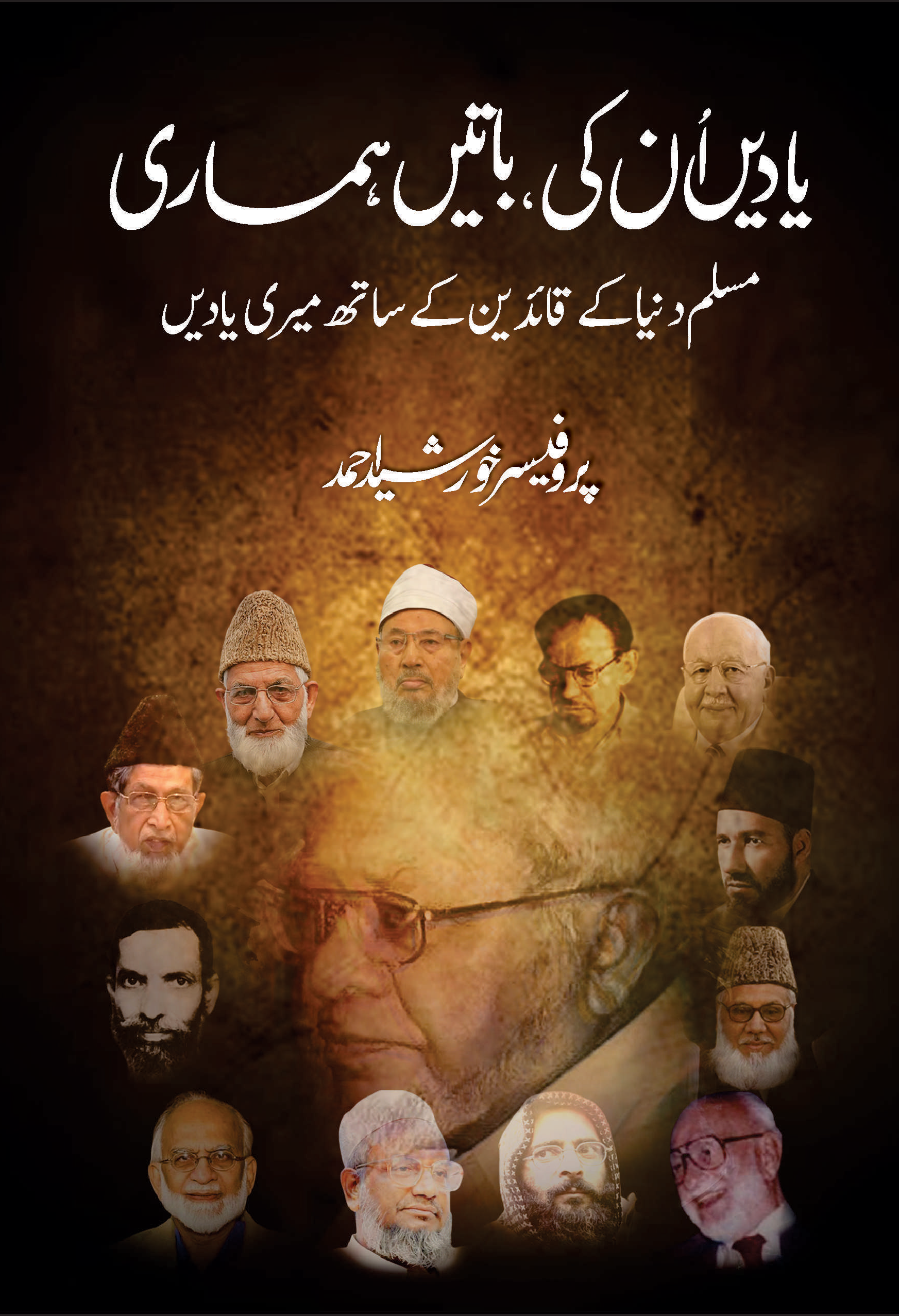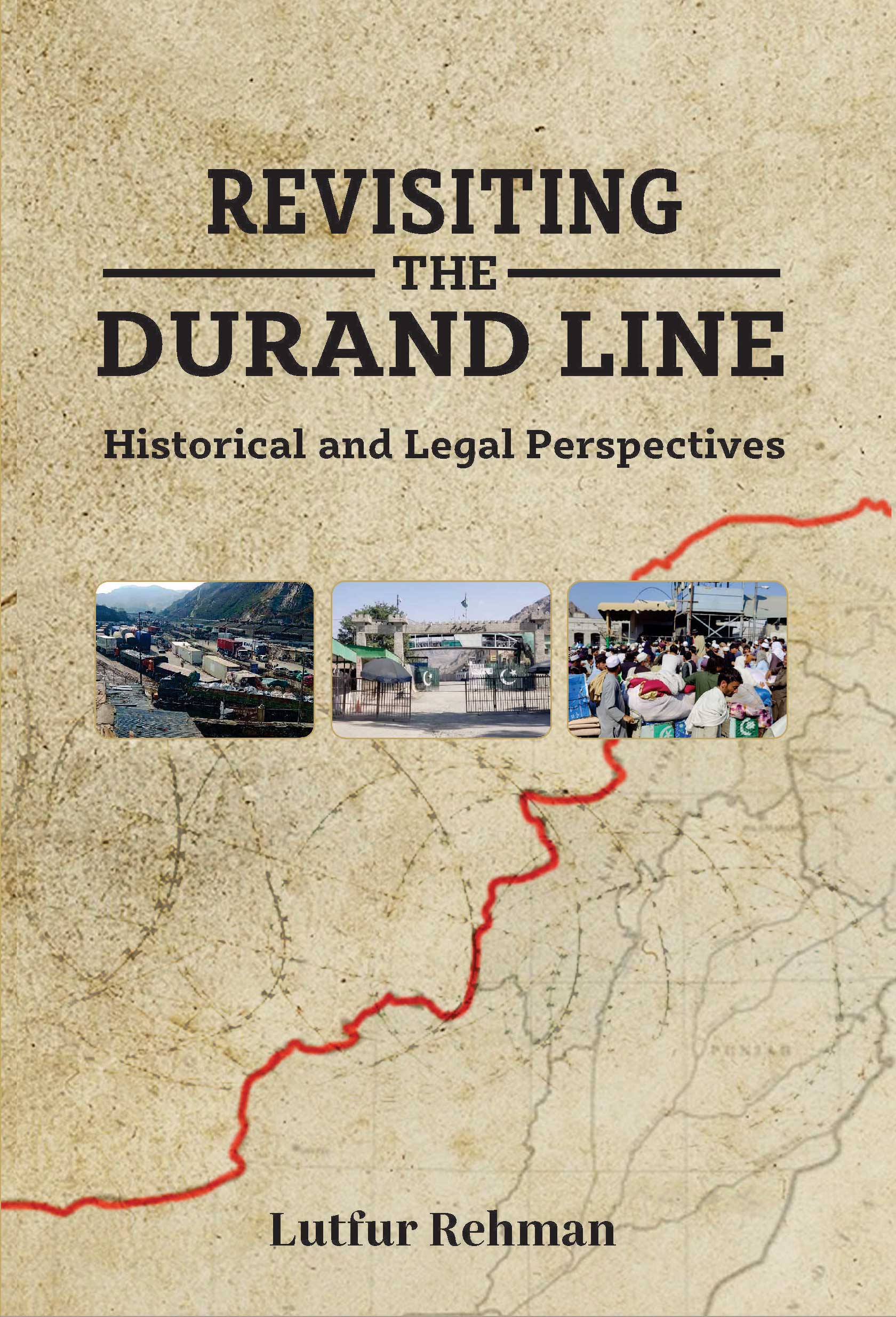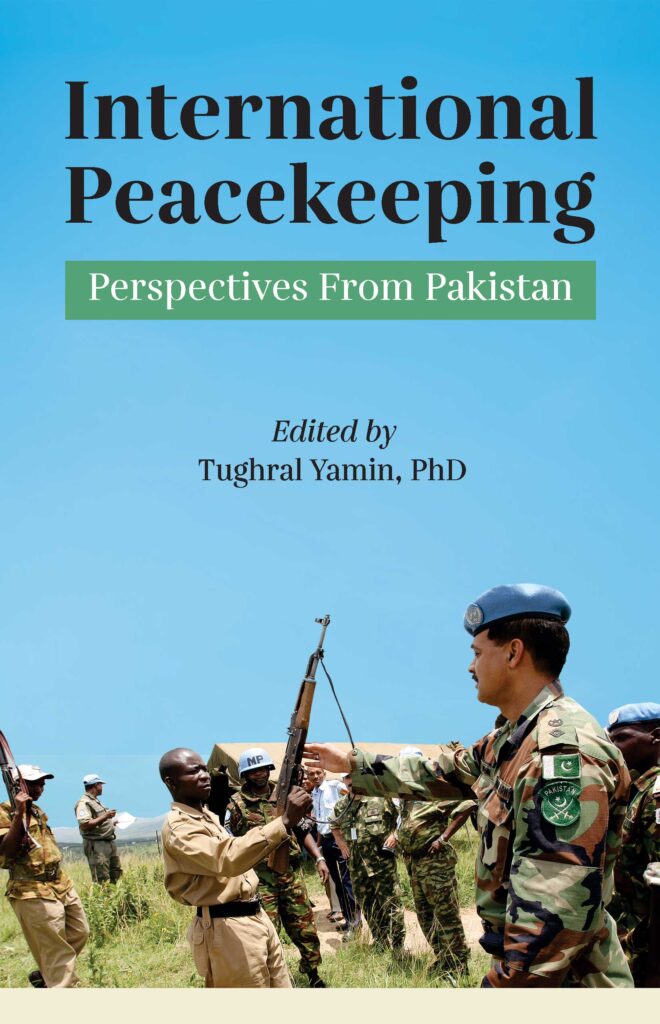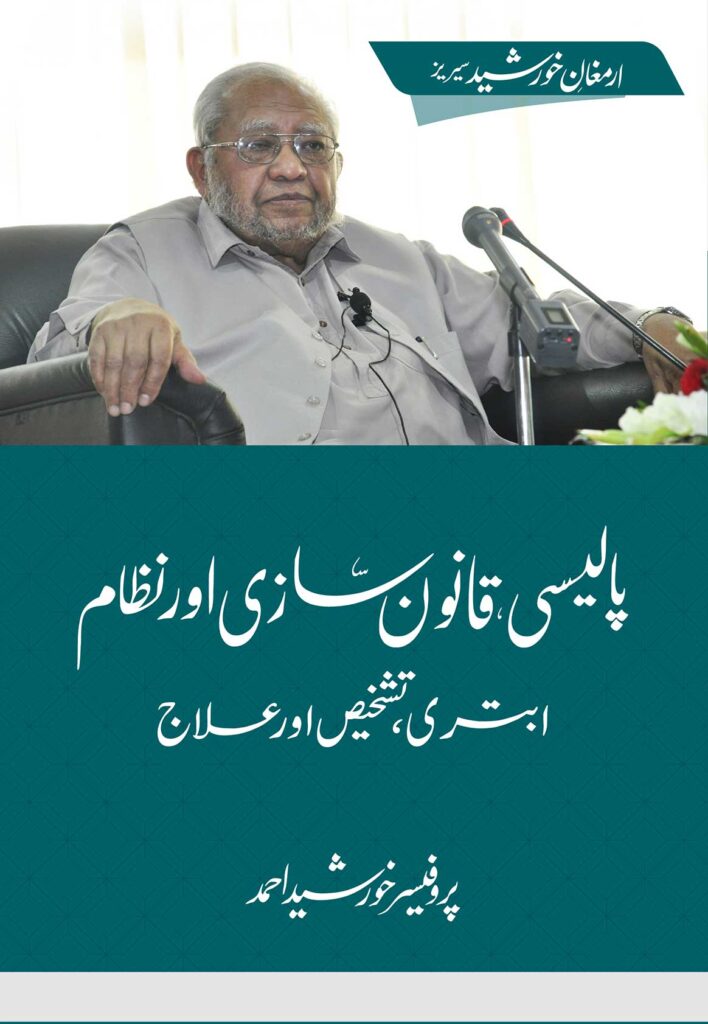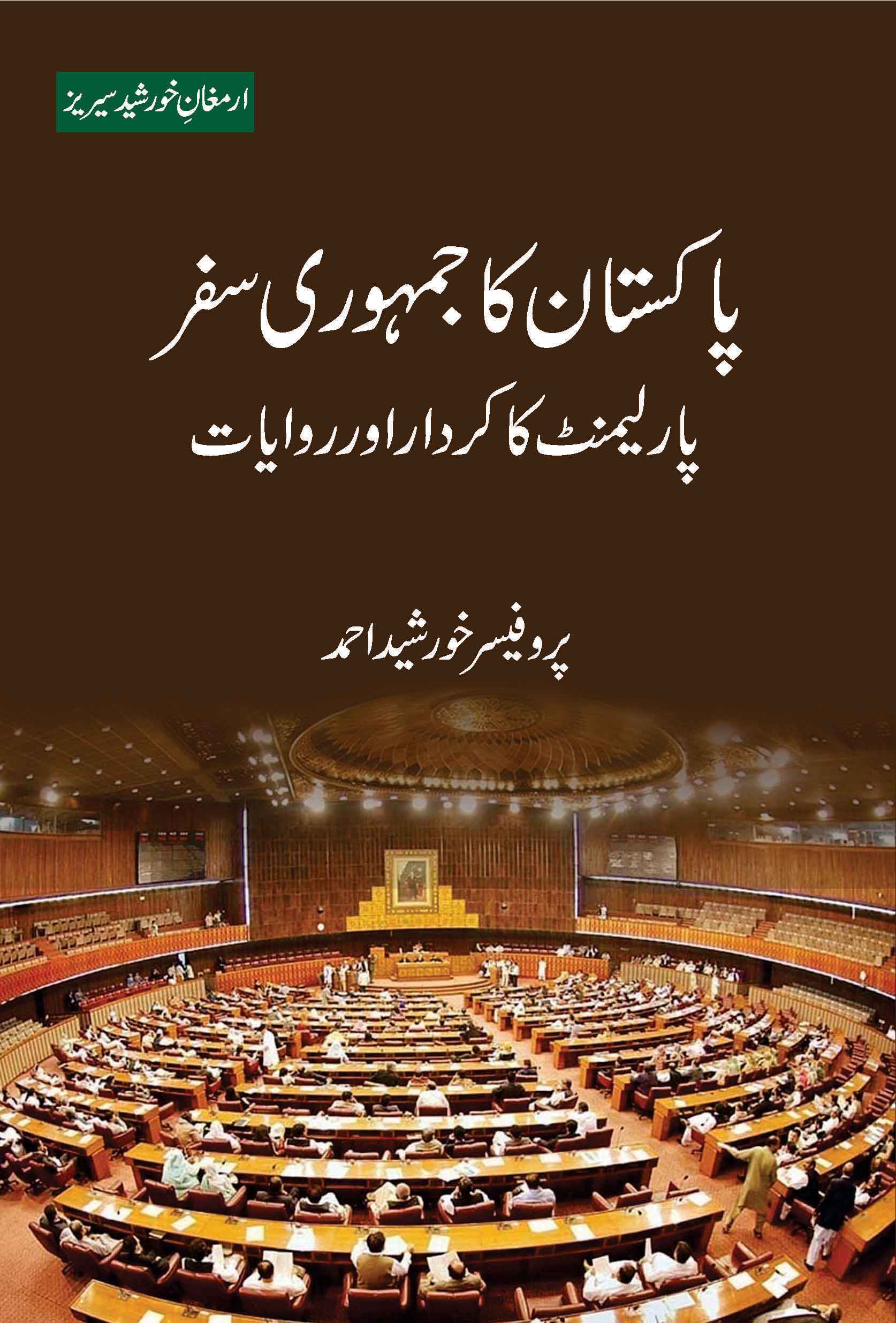Islam’s Political Order: The Model, Deviations and Muslim Response
| Author: Sayyid Abu’l A‘la Mawdūdī Editor: Dr Anis Ahmad Translator: Tarik Jan Pages: 241 Binding: Paperback Year: 2018 ISBN: 978-969-448-167-8 Publisher: IPS Press Content |
 |
About the Book
The central theme of this book relates to the nature of the Islamic caliphate and its makeup. How did it actualize itself in the first century of Islam? What were the causes that led to its shift to monarchy? And finally when the change did take place, what was the Ummah’s reaction to this change? To explain this, all the pertinent Ayat (verses) of the Qur’an that have relevance to the primary political issues have been compiled in the work to enable the readers to have a glimpse of the Islamic state that the Qur’an wants to have.
The second chapter deals with the principles of Islamic governance in the light of the Qur’an, the Sunnah, and the precepts and sayings of the prominent Ṣaḥābah (raḍi Allahu ‘anhu).
The third chapter speaks of the distinguishing characteristics of the pious caliphate as known in the history.
The fourth chapter delineates the causes that led to the shift from the caliphate to monarchy. While the following two chapters discuss the difference between the caliphate and monarchy, the change that the monarchy caused and the way the caliphal fall led to schismatic polarization and conflicts among the Muslims, followed by the ulama’s effort to bridge the cleavages wrought by the change in the system of governance as typified by Imām Abū Ḥanīfah’s and Abū Yūsuf ’s works.
Today when an ongoing debate is taking place on the nature of Islamic state, “political Islam” and relation between state and “religion”, this research work of the Mawlana provides a resume of how the Qur’an and the Sunnah of the Prophet (pbuh), visualize a modern Islamic state.


